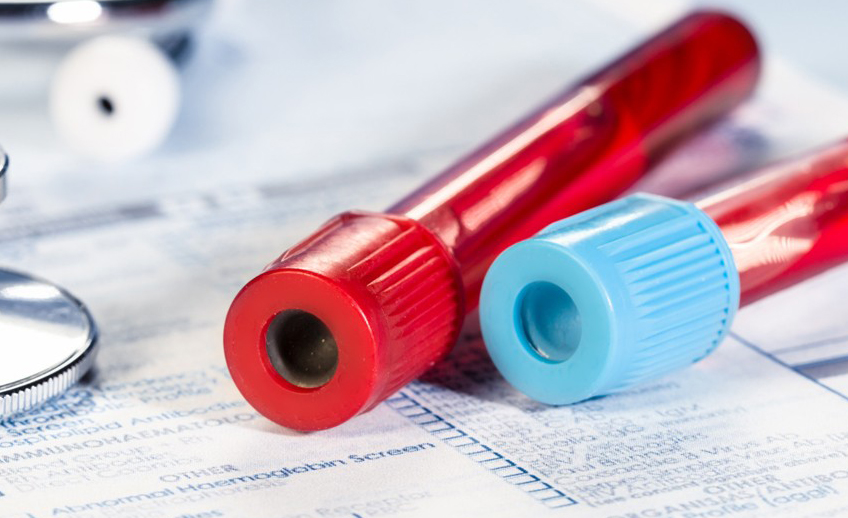Mastering Phlebotomy: Essential Tips for Effective Blood Draw practice with a Phlebotomy Training Arm
Introduction
phlebotomy is a vital skill in the healthcare field, providing essential services in diagnosing and treating patients. Mastering the art of blood draws not only ensures patient safety but also enhances the professionalism and efficiency of healthcare providers. In this article, we will delve into essential tips for effective blood draw practice, especially focusing on utilizing a phlebotomy training arm. Whether you are a beginner or looking to fine-tune your skills, this guide is designed to help you become proficient in phlebotomy.
The Importance of Phlebotomy Training
Proper training in phlebotomy is crucial, as it directly impacts patient comfort and the accuracy of lab results. Understanding anatomy, techniques, and best practices can significantly enhance your confidence and performance. Here are some core benefits of phlebotomy training:
- Patient safety: Reduces the risk of complications such as hematoma or infection.
- Improved Accuracy: Knowledge of anatomy ensures that blood is drawn from the correct site.
- Efficiency: Streamlined processes lead to quicker and more effective blood draws.
- Professional Development: Enhances career prospects within the healthcare industry.
Using a Phlebotomy Training Arm
A phlebotomy training arm simulates the human arm, providing a safe and effective way for students and professionals to practice their blood draw techniques. Here are the key features and advantages of using a training arm:
- Realistic Simulation: Mimics the feel and look of a real arm, allowing you to practice without the fear of causing harm.
- multiple Venipuncture Sites: Offers various locations to practice drawing blood, enhancing versatility and skill.
- Visual Feedback: Enables observation of techniques such as angle of entry and needle depth.
- Repeated Practice: Allows endless practice without the need for an actual patient.
Essential Tips for Effective Blood Draw practice
Here are essential tips for mastering blood draws that can be practiced using a phlebotomy training arm:
1. Prepare Your Equipment
Ensure all necessary equipment is sterile and organized before beginning the draw. this includes:
- Needles of appropriate gauge
- Collection tubes
- Tourniquet
- Alcohol prep pads
- Gloves
2.Understand Venipuncture Anatomy
Familiarize yourself with common venipuncture sites, typically the median cubital vein, cephalic vein, and basilic vein. Learning to identify variations in anatomy can significantly aid your technique.
3. Use Proper Technique
When drawing blood, follow these key techniques:
- Apply the tourniquet about 3-4 inches above the venipuncture site.
- palpate the vein to assess size and direction before inserting the needle.
- Insert the needle at a 15-30 degree angle,bevel up.
- Withdraw blood into the collection tubes promptly and accurately.
4. Practice Carries Over to Real patients
The more you practice on a training arm, the more prepared you will be for real-life scenarios. Focus on your grip, the insertion angle, and patient communication.
5. Maintain Patient Comfort
Good communication and comfort are key. Always explain the procedure to patients and reassess to ensure they are relaxed before beginning.
Real-Life Case Studies
| Case Study | Outcome |
|---|---|
| Student mastering technique on a training arm | Accomplished blood draws in clinical setting with minimal discomfort. |
| Healthcare provider practicing with varied techniques | Improved confidence leading to a 30% reduction in redraws. |
First-Hand Experiences
Many healthcare professionals share that their confidence and skills significantly improved after incorporating phlebotomy training arms into their practice. For instance, one nurse noted, “Practicing on the training arm allowed me to develop a steady hand and build the muscle memory necessary for performing blood draws more effectively.” Such testimonials underscore the significance of practical training in shaping proficient phlebotomists.
Conclusion
Mastering phlebotomy certainly requires practice,patience,and proper training. Utilizing a phlebotomy training arm can greatly enhance your skills and ensure that you are prepared for real-life scenarios. By familiarizing yourself with techniques,equipment,and best practices,you can become a competent and confident phlebotomist,ultimately contributing to excellent patient care. Embrace your training and watch your skills flourish!
